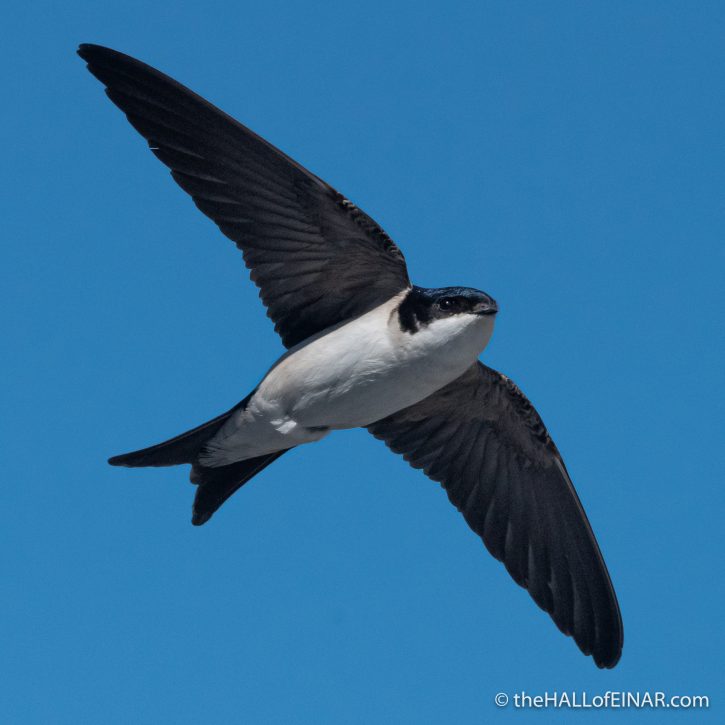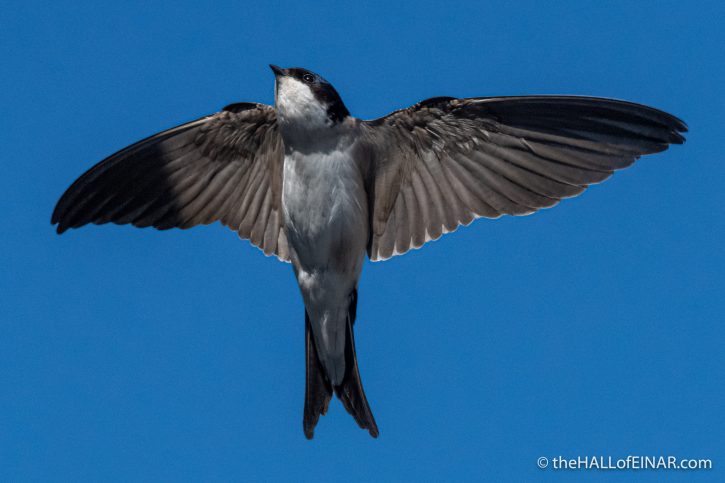House Martins
One night, out for a walk from my house in South Devon, I spot a small group of House Martins. As I wonder where they nest, I see one swoop exaggeratedly and disappear under the guttering on a house across the river.
The next morning, while the sun is still low, I set off to see if I can get some photographs of them. Here’s one of the nests:

It’s a real talent to glue mud to a wall with your saliva. They are extraordinary birds.

Whenever I see someone write ‘Best viewed full screen’ on a photograph on social media, I usually think ‘Oh, go away”, but that is definitely one you’ll benefit from clicking on.
Spectacular, aren’t they?

This one is worth looking closely at, too. On its back it has a fly, a Louse Fly:

This Louse Fly is probably Crataerina debilis. It’s a Hippoboscid fly (hippo meaning horse) which is a common parasite of House Martins. The flies are specially adapted for a life sucking blood from birds because they have:
- Bodies which are squished flat to make them aerodynamic.
- Legs like grappling hooks to grab on.
- Tiny useless wings.
- Biting mouthparts to suck blood.
- An egg which develops for so long inside their body that they finally give birth to a third-instar larva that is almost a pupa.
It’s the equivalent of having a large crab stuck to you, sucking your blood.

There are probably more than 150 species of Hippoboscid Louse Flies. If you think that they’re revolting and you wish they didn’t exist, then hold on a moment. It gets worse. Many of these Louse Flies carry blood diseases from host to host.
Male and female House Martins look the same to us, though.
Lovely aren’t they?

I particularly like this one’s fluffy underwings:

It’s lunchtime now and I must try to get the thought of infected nests of blood-sucking parasites out of my mind.
